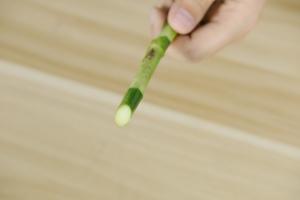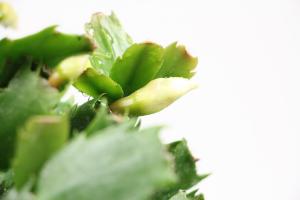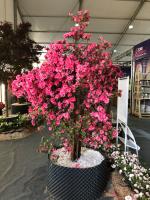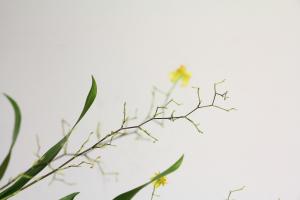1、 Curing method
1. Temperature: it likes a cool environment. Specifically, it is more suitable between 13 degrees and 20 degrees. It doesn't like too high temperature. Generally speaking, it should not exceed 24 degrees, which is the extreme high temperature it can tolerate. However, it has a certain cold resistance and can withstand the low temperature of minus eight degrees, but try not to be too low
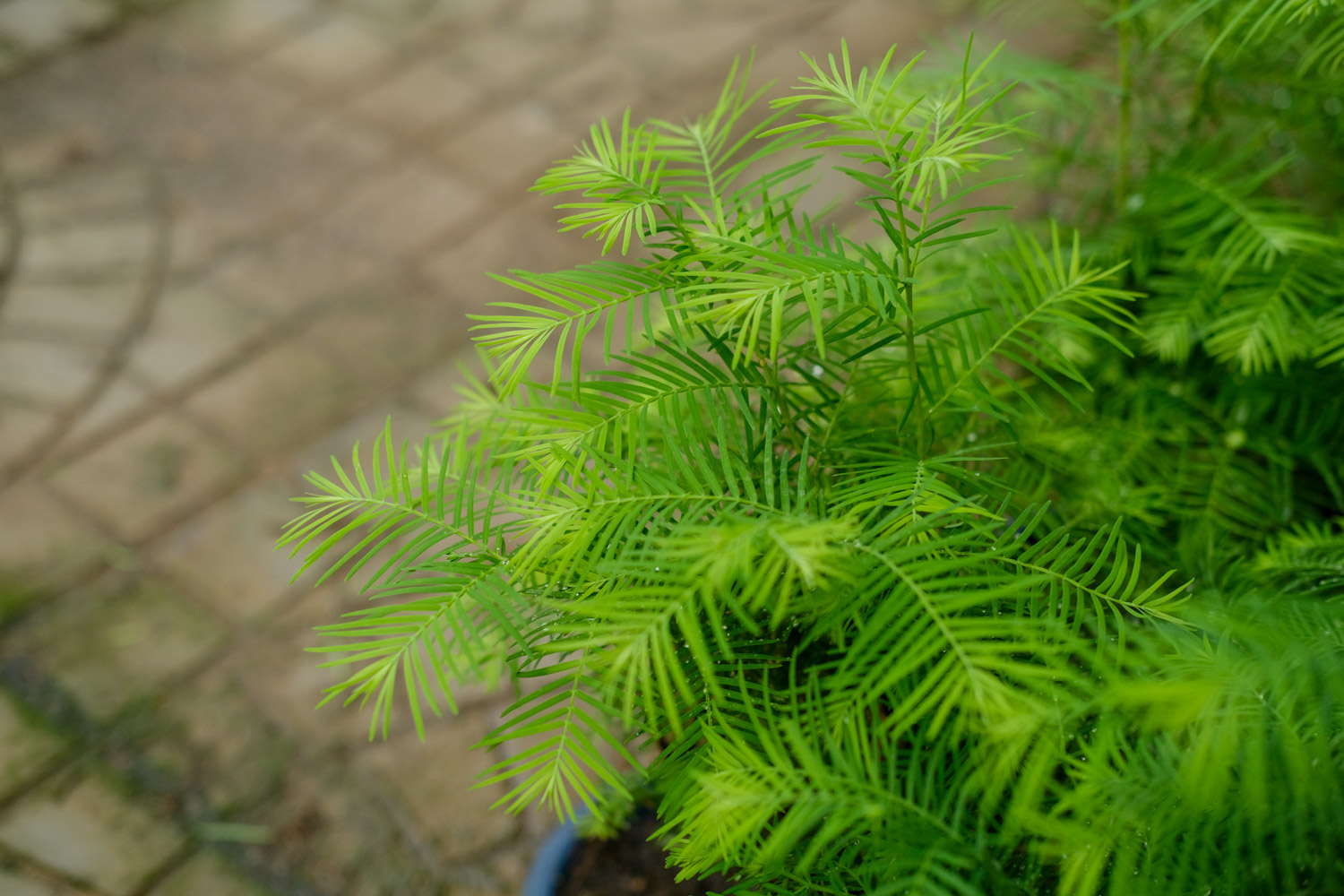
2. Light: it likes light and has high requirements for sunshine. Especially in the period of vigorous growth, a certain amount of sunshine must be guaranteed every day. However, too strong light is not enough. It's best to keep it in a semi cloudy environment in summer
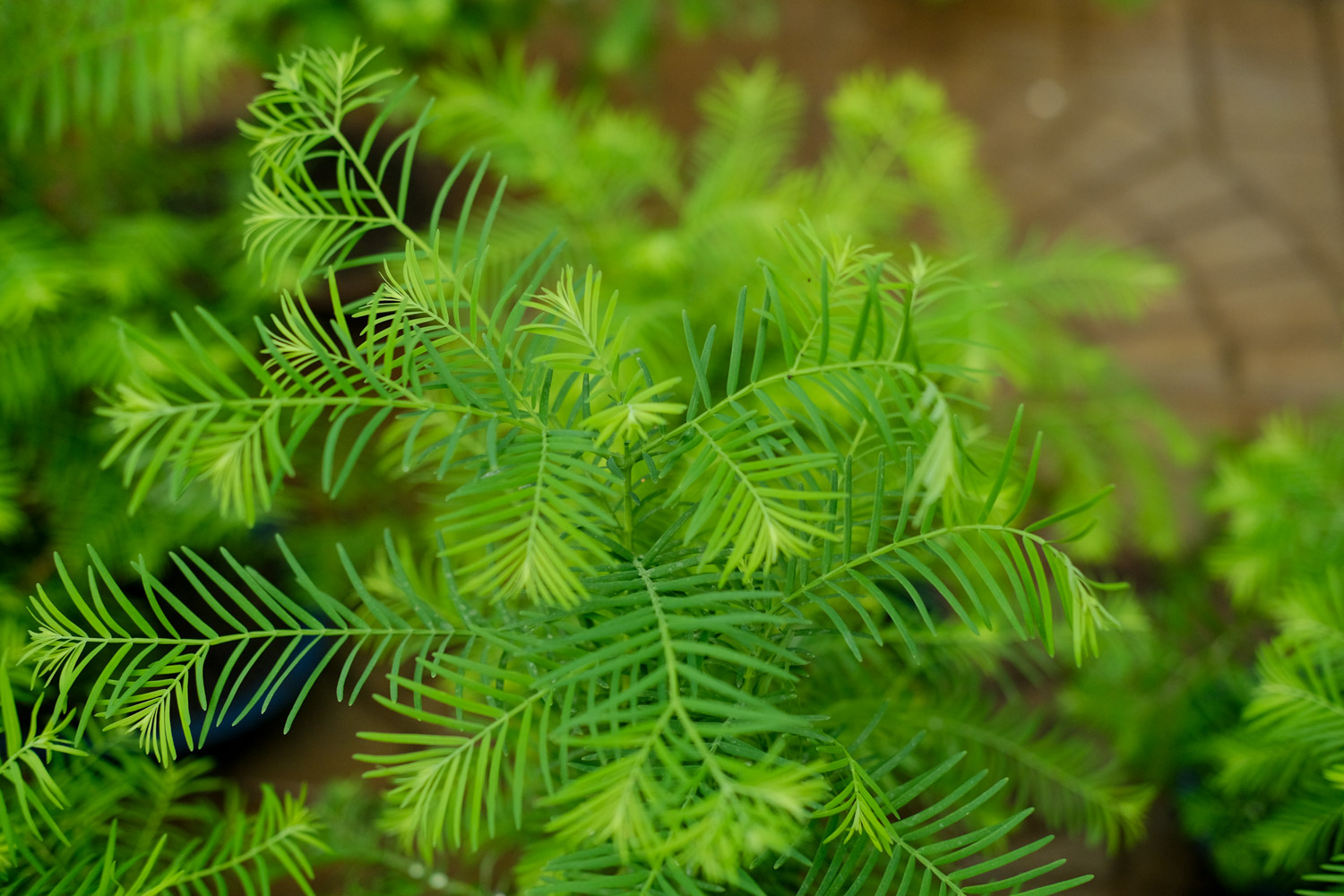
3. Watering: Metasequoia like humidity, and its waterlogging resistance is better. Wild Metasequoia is generally distributed in wet or ponding places. Therefore, it is necessary to provide sufficient water at ordinary times, and long-term drought is extremely unfavorable to its growth
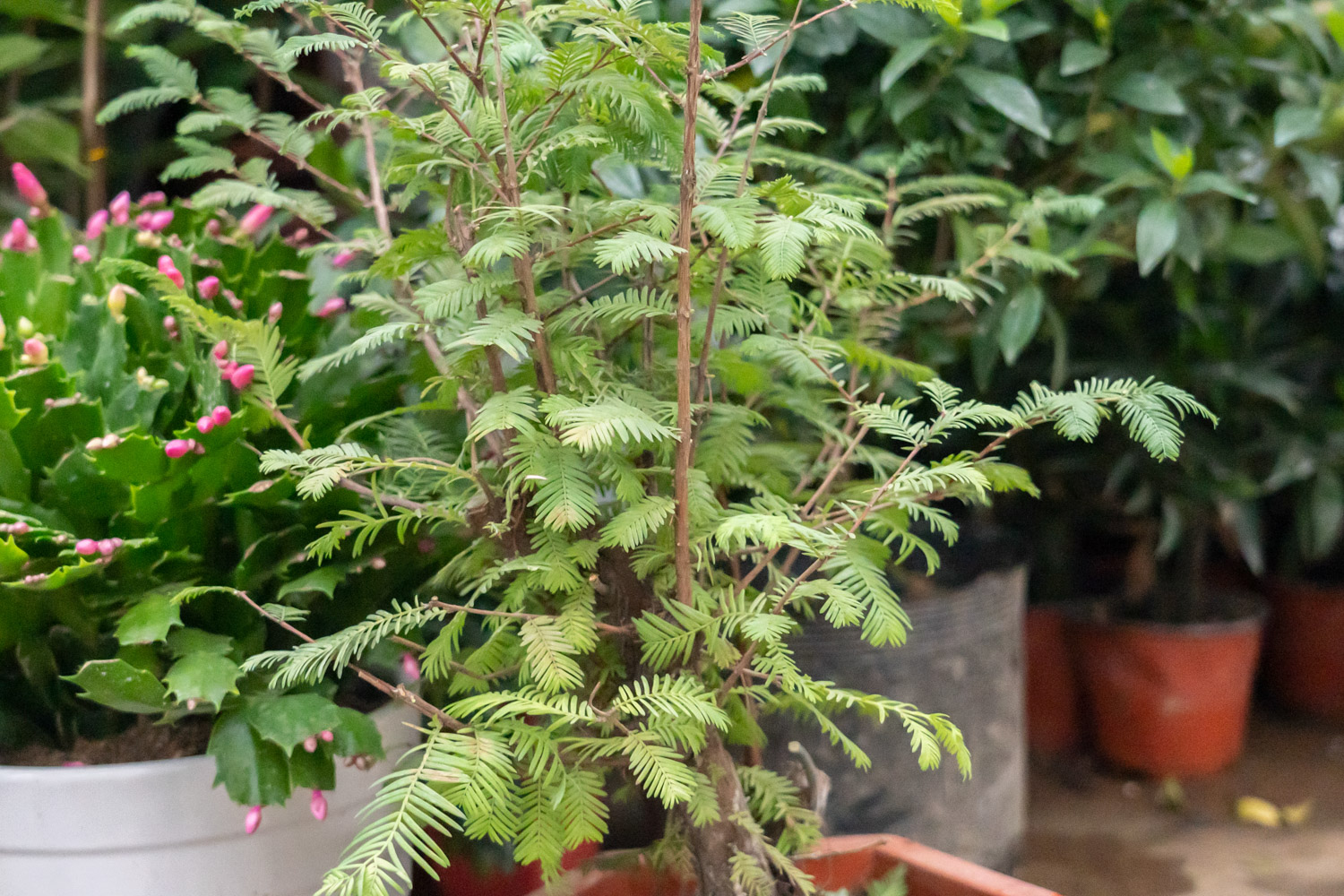
4. Fertilization: it has strong adaptability to soil. Generally speaking, it can grow in barren places. But try to choose places with more nutrients, or apply some fertilizer slightly
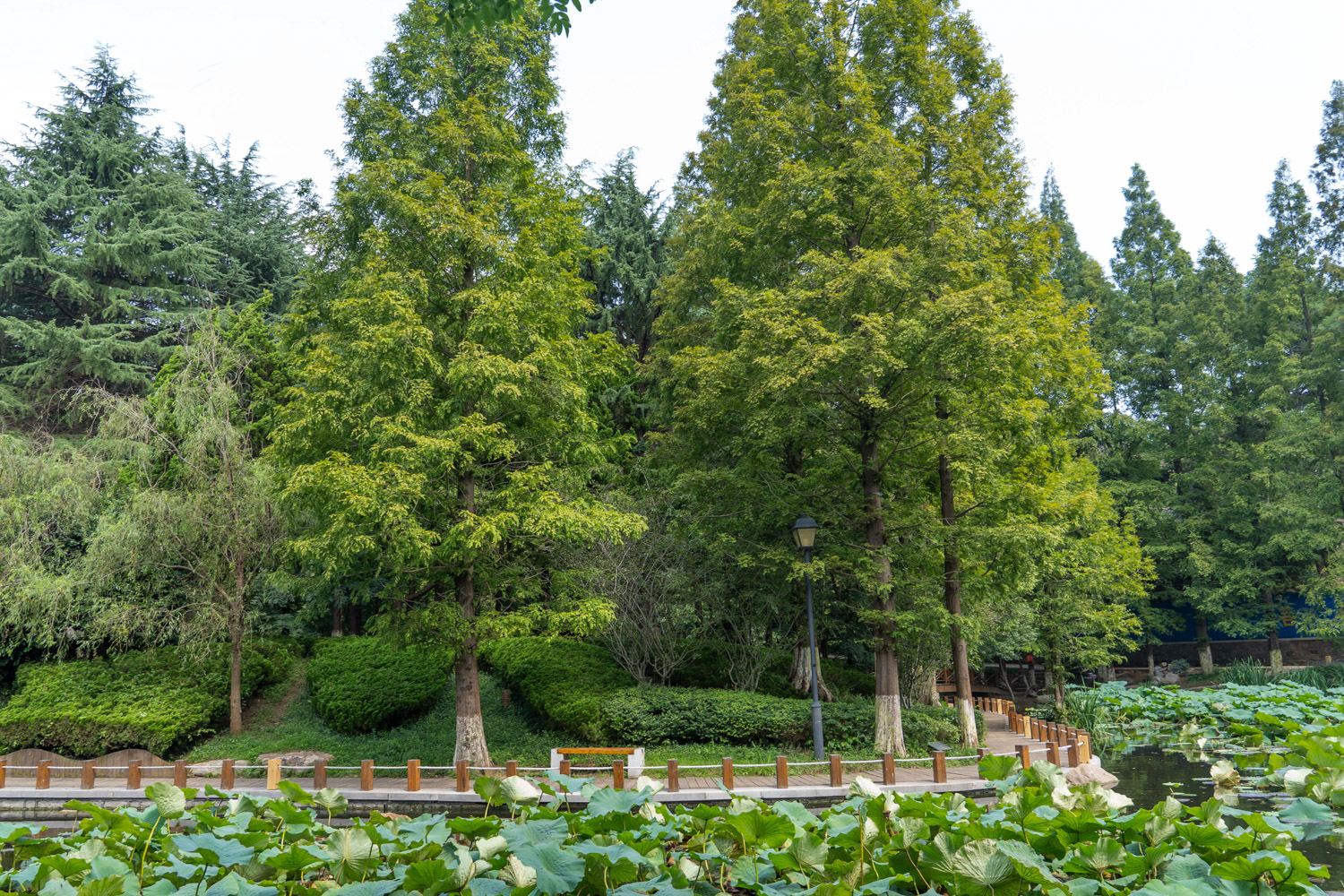
2、 Breeding skills
1. Propagation: cutting can be used. Hard branches can be used for cutting. Branches can be collected in January and then inserted in March. The length is preferably between 10 and 15 cm. It is best to soak it with rooting powder before insertion. If this step is adopted, new roots will grow in about 15 to 20 days
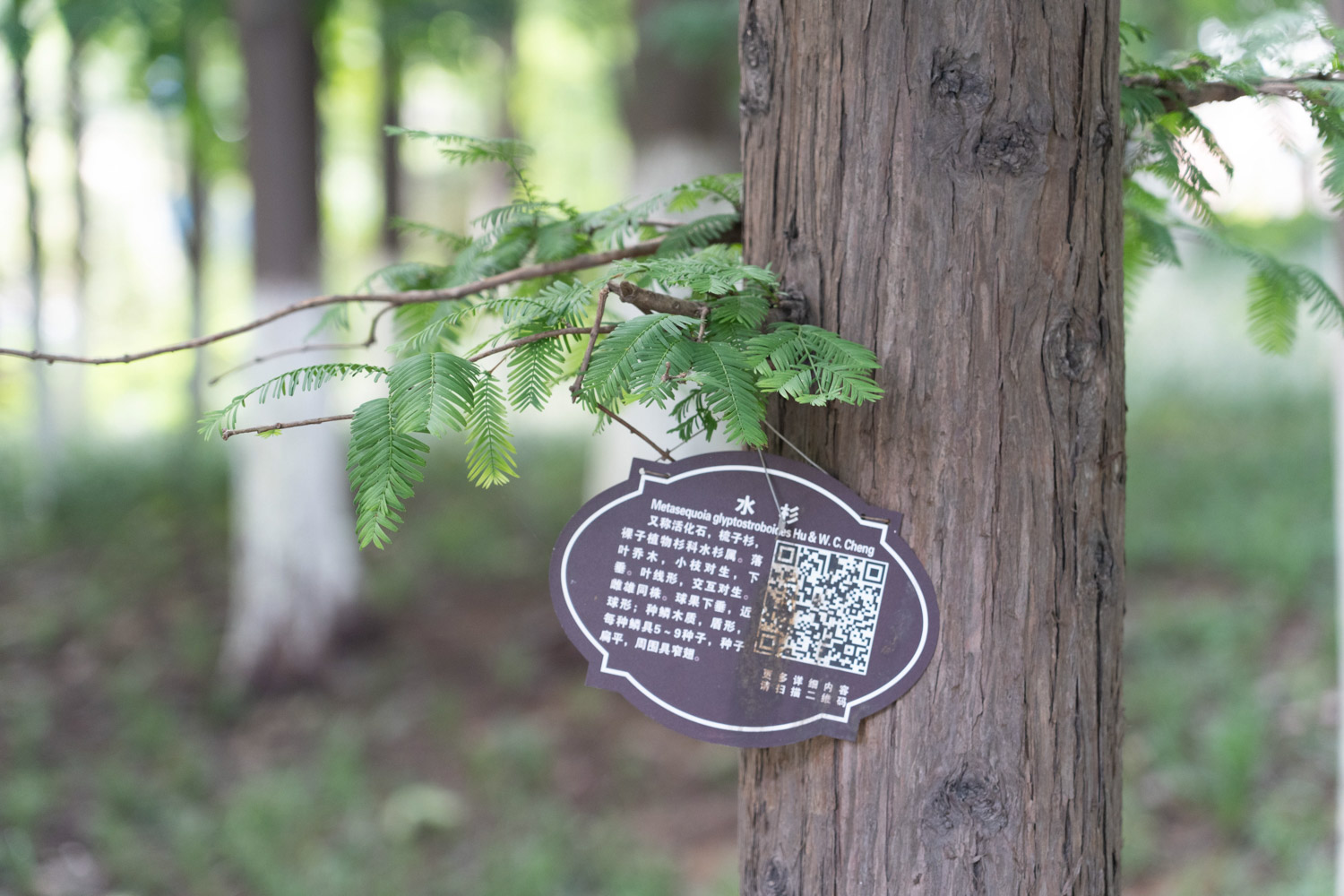
2. Pruning; Proper pruning of branches will help its growth, because there will be some messy branches at ordinary times, which will seriously affect the light transmittance and ventilation. Concentrated pruning can be carried out before the beginning of spring, and the specific intensity can be between one quarter and one third of the total length of the crown
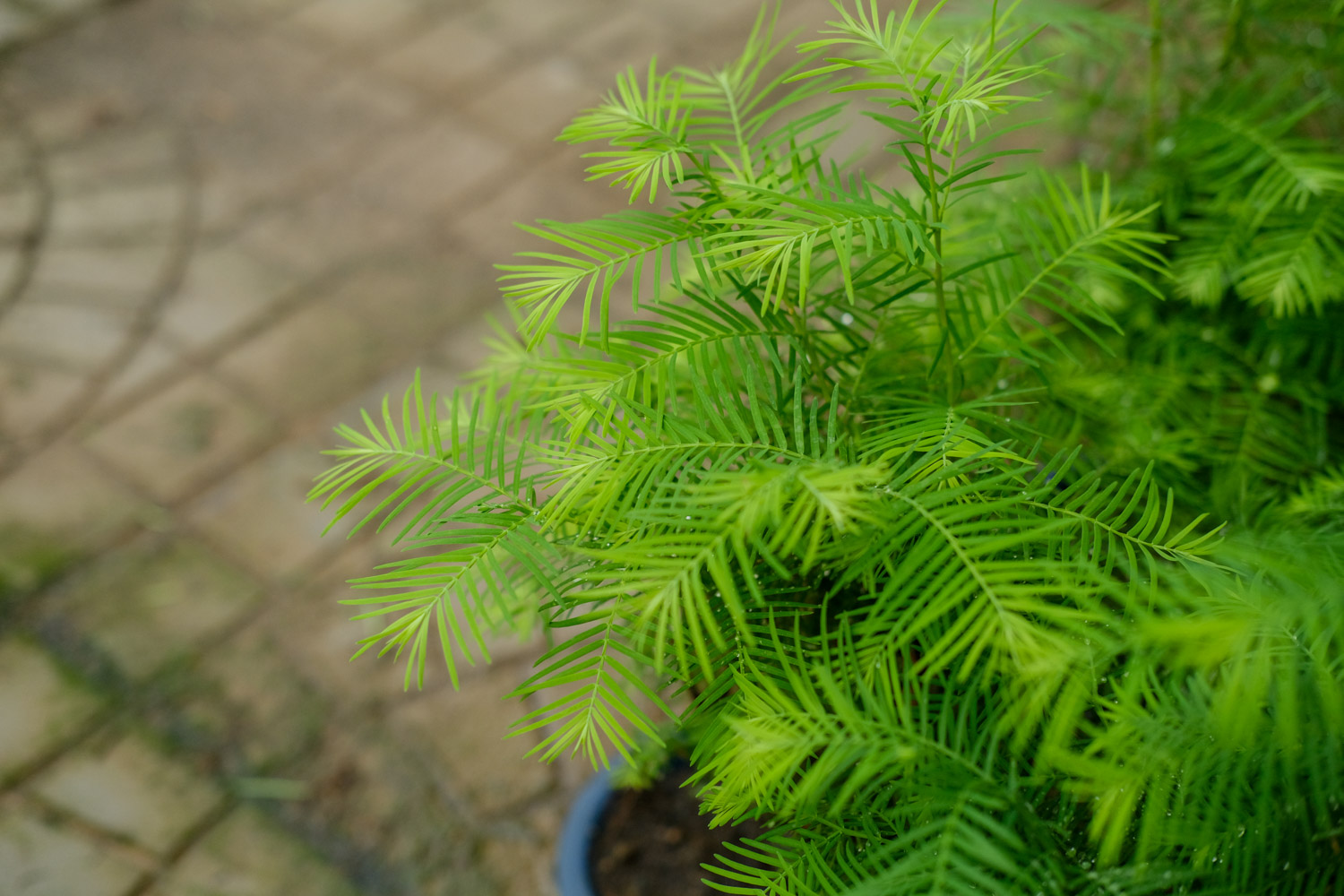
3、 Problem diagnosis and treatment
1. Disease: the occurrence frequency of "rust" is relatively high and will spread in large quantities. It can be controlled by Triadimefon, and it needs to be combined with auxiliary measures such as pruning, and the excess water shall be discharged in time
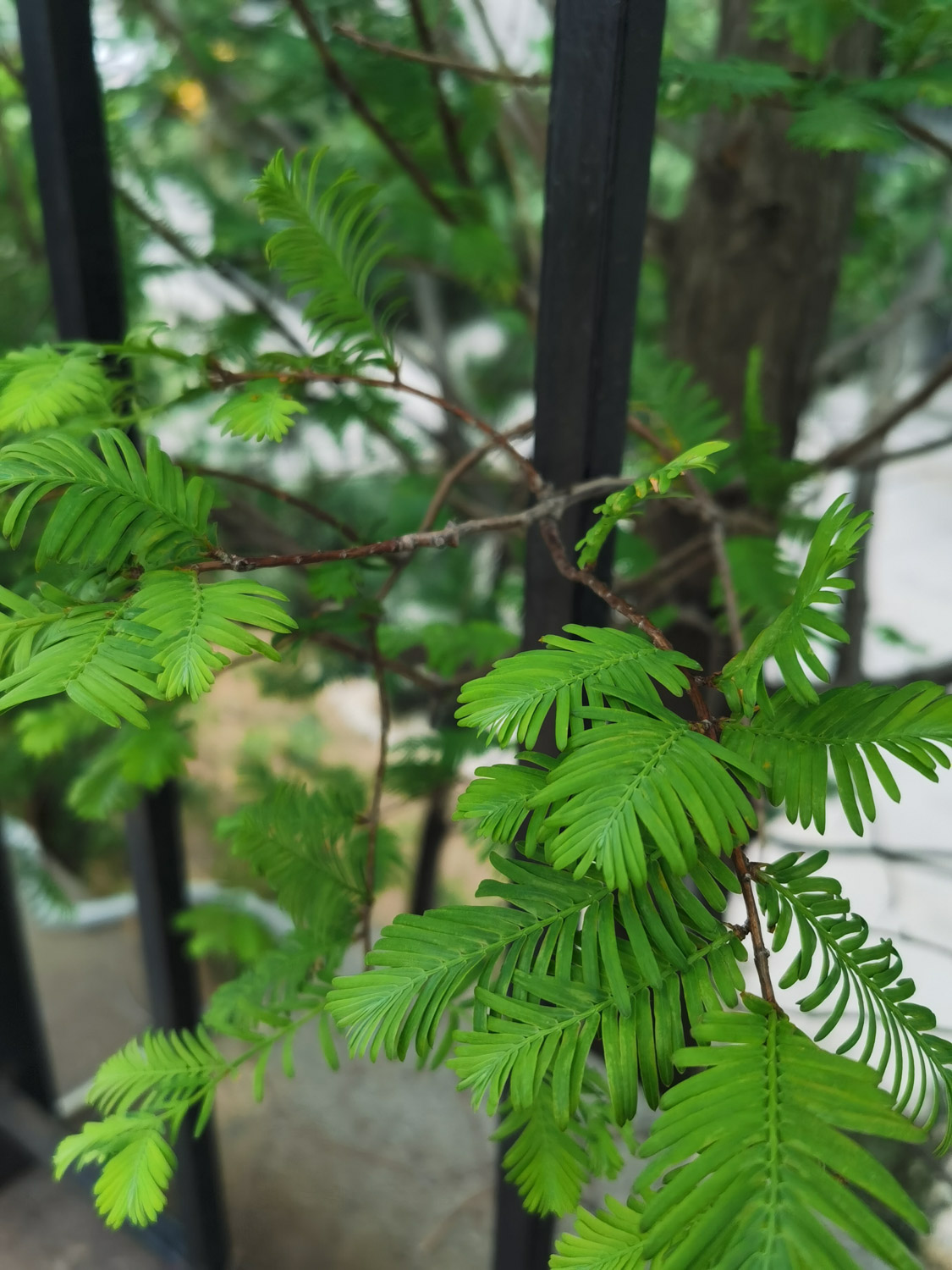
2. Insect pests: there are many kinds, such as "leaf cicada" and "Rose Spodoptera". Different kinds of chemicals can be used to control different kinds
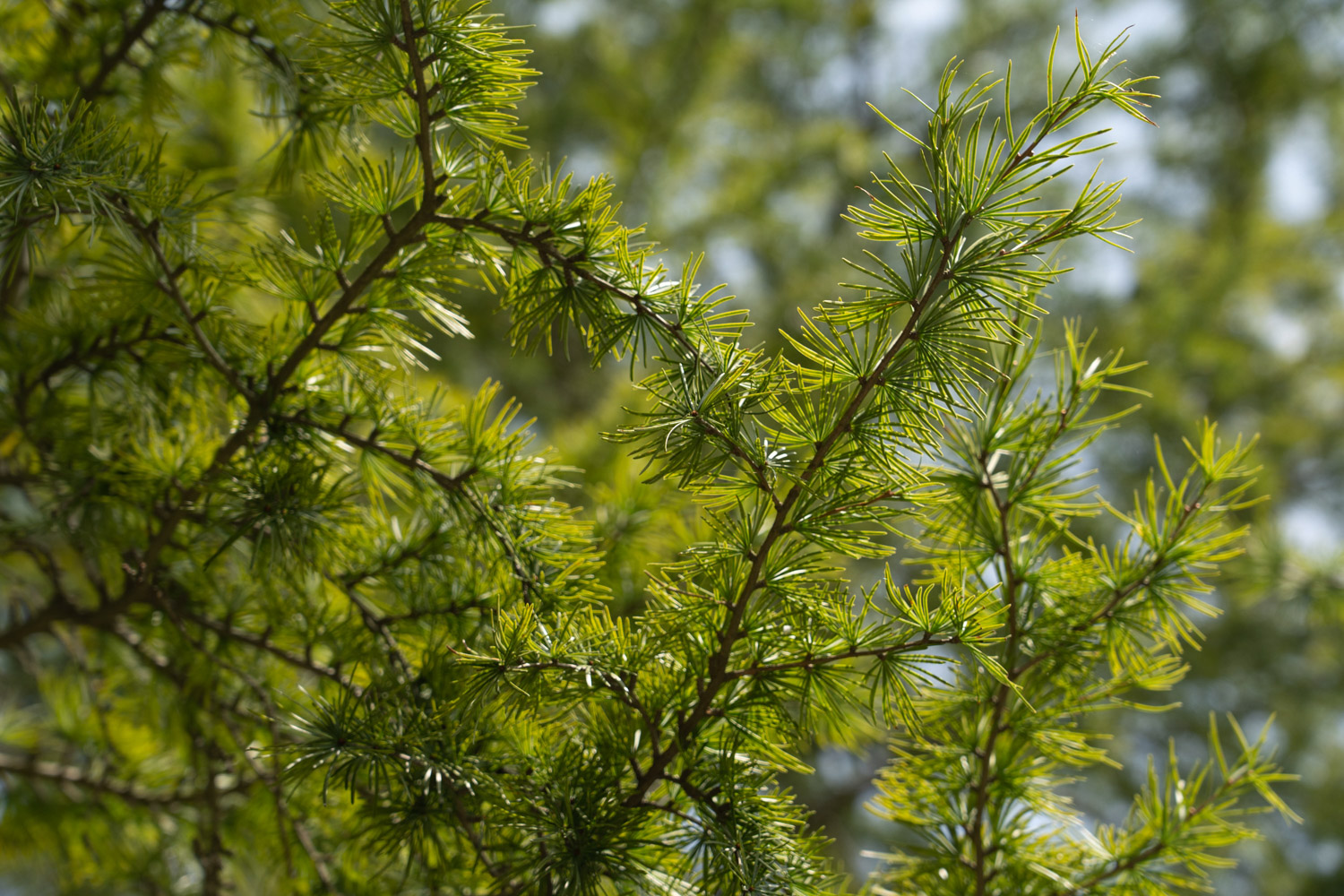
4、 Other issues
1. Toxicity: it is non-toxic. Moreover, its purification is good
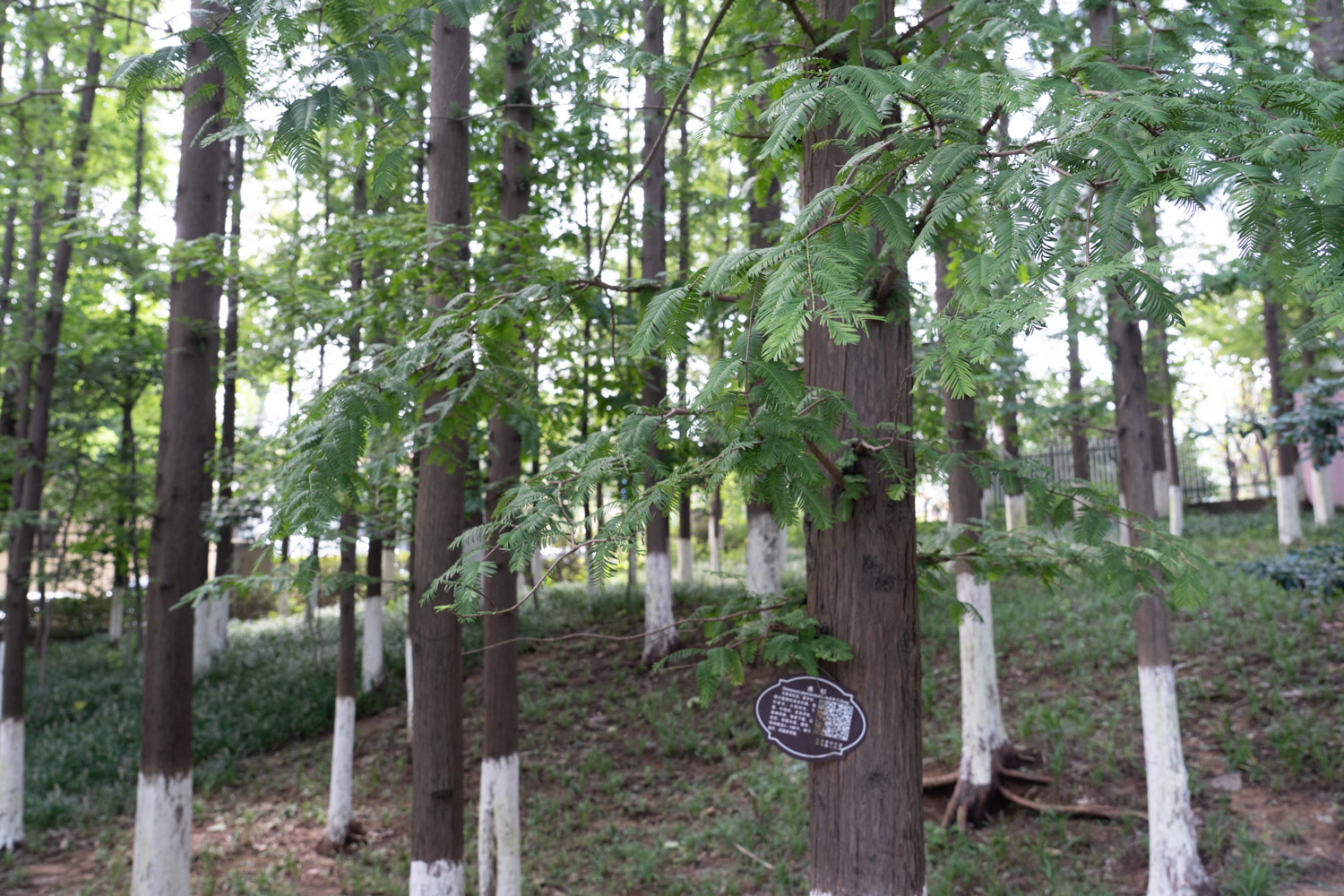
2. Whether it can be raised at home: Generally speaking, it can not, because it is a kind of tree with high height, but it can be planted in the courtyard
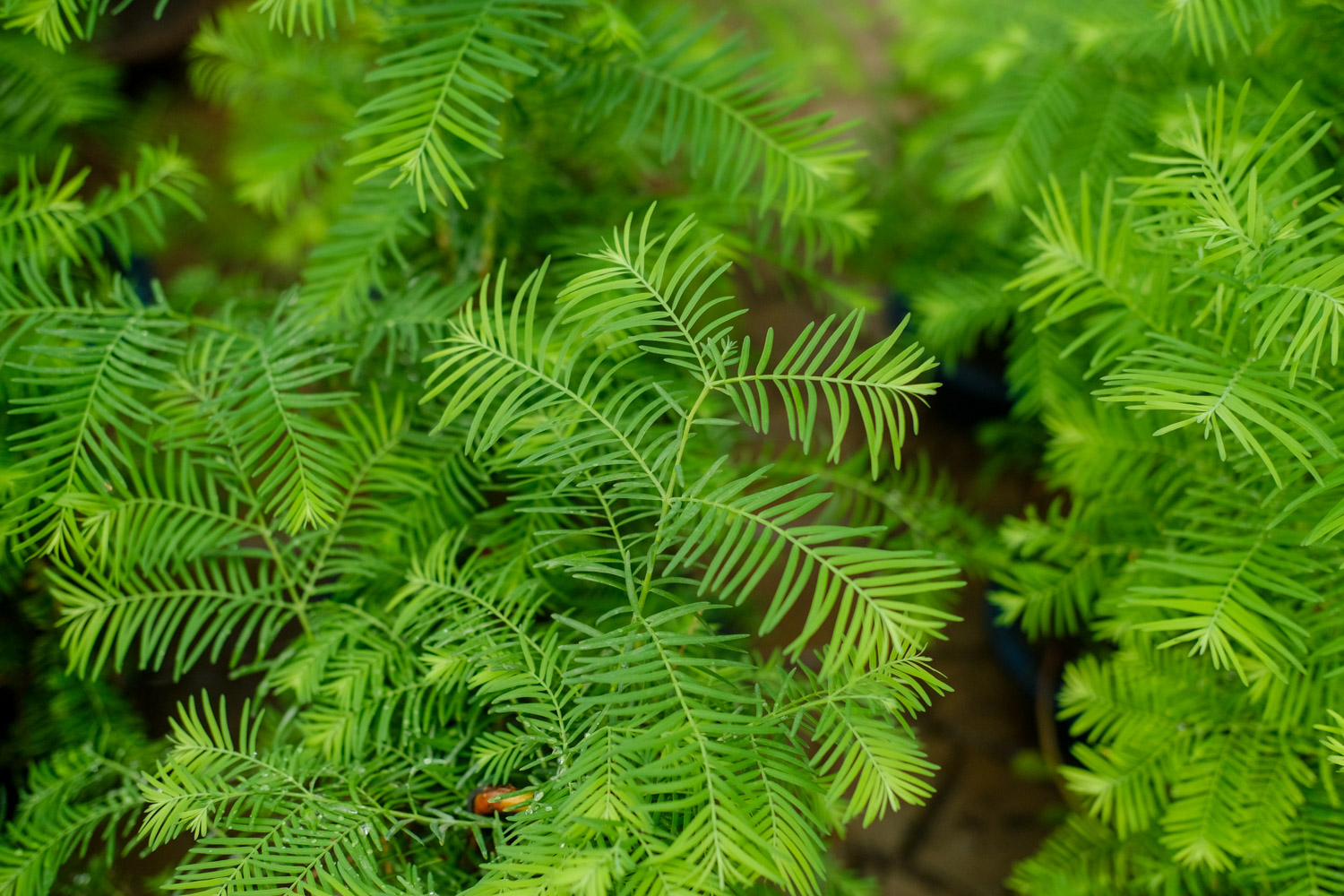

 how many times do yo...
how many times do yo... how many planted tre...
how many planted tre... how many pine trees ...
how many pine trees ... how many pecan trees...
how many pecan trees... how many plants comp...
how many plants comp... how many plants can ...
how many plants can ... how many plants and ...
how many plants and ... how many pepper plan...
how many pepper plan...

